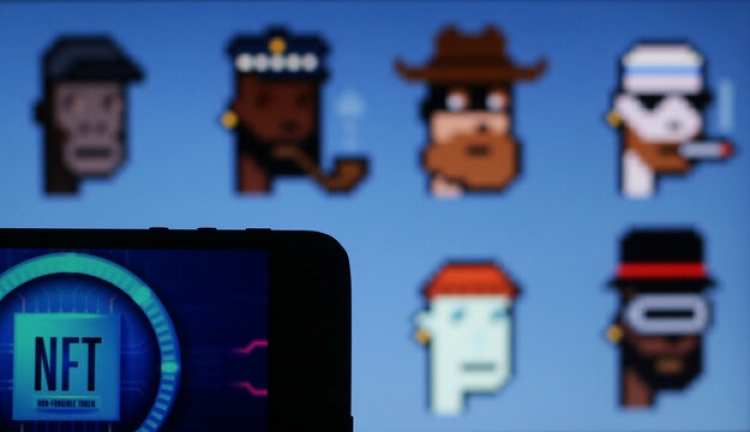The NFT (Non-Fungible Token) revolution is in full swing, and creating your own NFT marketplace can be an exciting and profitable venture. To address the challenges of high fees and slow transactions, many developers are turning to Polygon (formerly Matic), a layer 2 scaling solution for Ethereum. In this guide, we'll walk you through the steps to create your NFT marketplace on the Polygon network.
Step 1: Understand the Basics of NFTs and Polygon
Before you begin, make sure you have a solid understanding of what NFTs are and how the Polygon network works. NFTs are unique digital tokens that represent ownership of digital or physical items on the blockchain. Polygon is a layer 2 scaling solution for Ethereum, offering faster transactions and lower fees while maintaining compatibility with Ethereum's ecosystem.
Step 2: Define Your NFT Marketplace Concept
Determine the focus and scope of your NFT marketplace. Will it cater to artists, musicians, gamers, or collectors? What kind of NFTs will you support? Defining your niche will help you tailor your marketplace to meet specific user needs.
Step 3: Choose the Right Smart Contract Standards
Polygon supports Ethereum-compatible smart contracts, including ERC-721 and ERC-1155, which are commonly used for creating NFTs. Choose the appropriate standard based on the features you want to offer. ERC-721 tokens represent individual unique assets, while ERC-1155 tokens can represent multiple assets within a single contract.
Step 4: Set Up Your Development Environment
To create your NFT marketplace, you'll need a development environment. Use tools like Truffle or Hardhat to set up your development environment and write smart contracts. You'll also need a code editor and a local Ethereum network for testing.
Step 5: Write Smart Contracts
Write smart contracts that define the behavior of your NFT marketplace. These contracts will handle NFT minting, trading, ownership transfers, and more. Ensure that your smart contracts are secure and audited to prevent vulnerabilities.
Step 6: Choose a Front-End Framework
Select a front-end framework to build the user interface of your NFT marketplace. Popular choices include React, Angular, or Vue.js. Your front-end will allow users to interact with your smart contracts and NFTs.
Step 7: Integrate with Wallets
Integrate with popular Ethereum wallets like MetaMask to enable users to connect their wallets and interact with your marketplace. This step is crucial for users to buy, sell, and trade NFTs seamlessly.
Step 8: Implement Minting and Listing NFTs
Implement the minting process, which allows creators to generate new NFTs. This is a vital feature for artists and content creators. Additionally, create a listing mechanism that enables users to put their NFTs up for sale.
Step 9: Develop Marketplace Features
Build features that enhance user experience. This may include search and filtering options, profile pages for creators and collectors, an auction system, and a smooth transaction process.
Step 10: Test Thoroughly
Thoroughly test your NFT marketplace on a testnet to identify and fix any bugs or issues. Ensure that the smart contracts, user interface, and interactions work as intended.
Step 11: Deploy to Polygon Mainnet
Once you're confident that your NFT marketplace is ready, it's time to deploy it to the Polygon mainnet. Deploying to the mainnet involves interacting with real cryptocurrency, so make sure you have a secure and well-tested deployment process.
Step 12: Launch and Market Your NFT Marketplace
With your NFT marketplace deployed, it's time to launch and start marketing. Leverage social media, influencer collaborations, and partnerships to spread the word about your platform. Engage with your target audience and gather feedback to continue improving your marketplace.
Step 13: Provide Ongoing Support and Updates
The work doesn't end after the launch. Continuously monitor your NFT marketplace, address user feedback, and implement updates to enhance functionality, security, and user experience.
Conclusion
Creating an NFT marketplace on the Polygon network opens up exciting possibilities for both creators and collectors. By following these steps and leveraging Polygon's scalability and low fees, you can build a platform that offers a seamless and cost-effective NFT experience. Remember that building an NFT marketplace requires a combination of technical expertise, creativity, and a deep understanding of the NFT ecosystem. With determination and dedication, you can successfully navigate the process and contribute to the growing world of digital ownership and creativity.





Comments